Mastering Sheet Metal Stamping Design: Avoid These 5 Costly Mistakes
In the dynamic world of manufacturing, sheet metal stamping stands as a cornerstone process, widely utilized across diverse industries such as automotive, electronics, and aerospace. At Shenzhen Sunmy Hardware Co.,Ltd., since our establishment in 2016, we have been at the forefront of this field, offering comprehensive casting, lathe, machining, stamping, and injection molding services. Our expertise in custom - manufacturing parts according to clients' precise drawings and samples has made us a trusted name in the industry. However, even with our advanced capabilities, we often encounter common design mistakes in sheet metal stamping that can lead to inefficiencies, increased costs, and sub - optimal product quality. In this blog, we'll explore five of these mistakes and how to avoid them, while also taking a look at the future trends in the industry.
1. Neglecting Bend Allowance
One of the most fundamental yet frequently overlooked aspects in sheet metal stamping design is bend allowance. When a sheet metal is bent, the outer layer stretches, and the inner layer compresses. Failing to account for this change in length can result in parts with incorrect dimensions. For example, if you're designing a bracket with multiple bends, miscalculating the bend allowance can cause the bracket to not fit properly in its intended assembly.
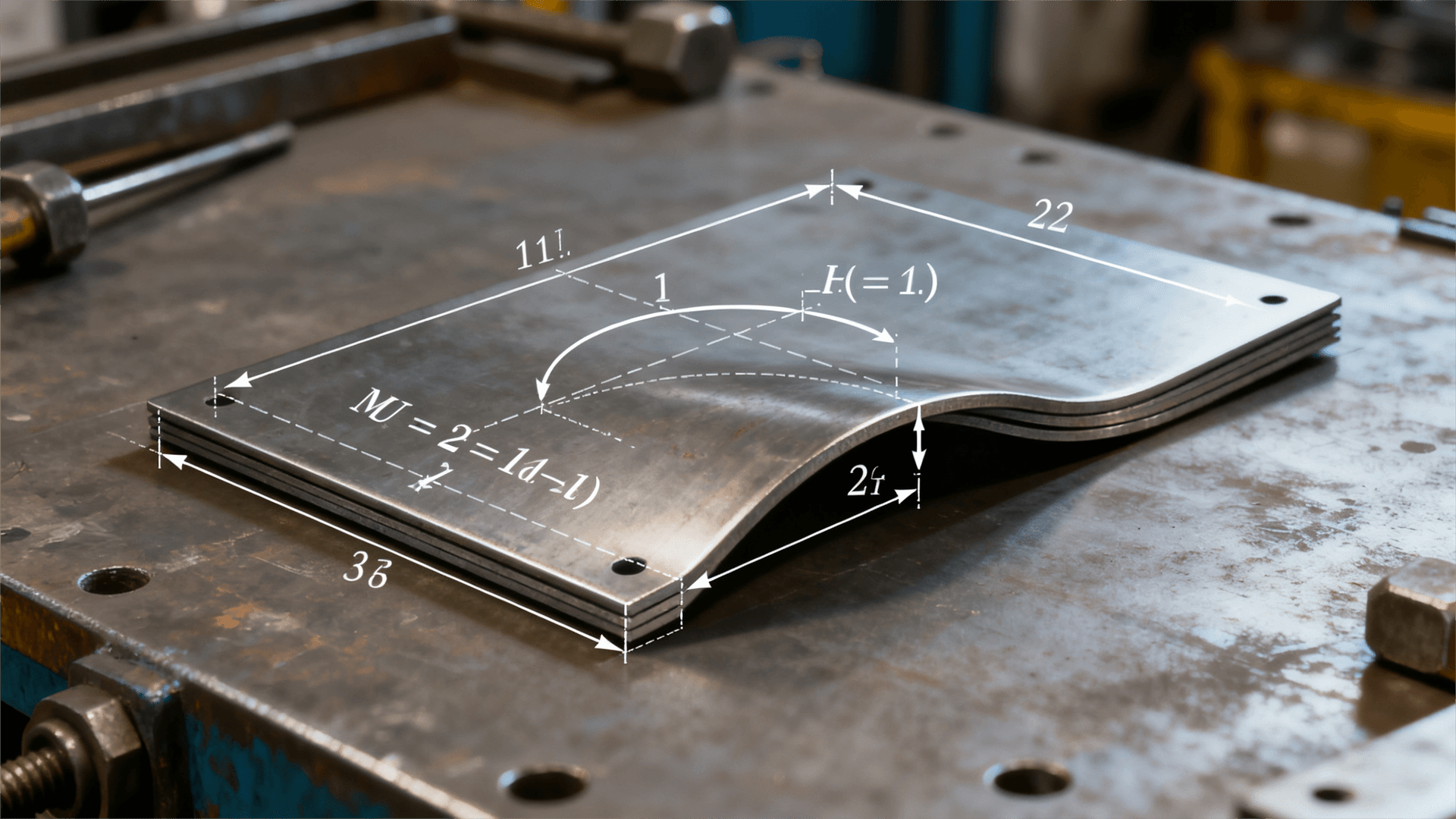
Solution: Use established formulas or software tools to accurately calculate the bend allowance based on the material type, thickness, and bend radius. At Sunmy Hardware, our experienced engineers are well - versed in these calculations and can provide design for manufacturability (DFM) advice to ensure your designs are production - ready.
2. Incorrect Material Selection
The choice of material in sheet metal stamping is crucial. Different materials have varying properties such as strength, ductility, and corrosion resistance. Using the wrong material can lead to parts that are either too brittle and prone to cracking during stamping or lack the necessary durability for their intended application. For instance, using a low - grade steel in an outdoor application where corrosion resistance is required will result in a short - lived product.
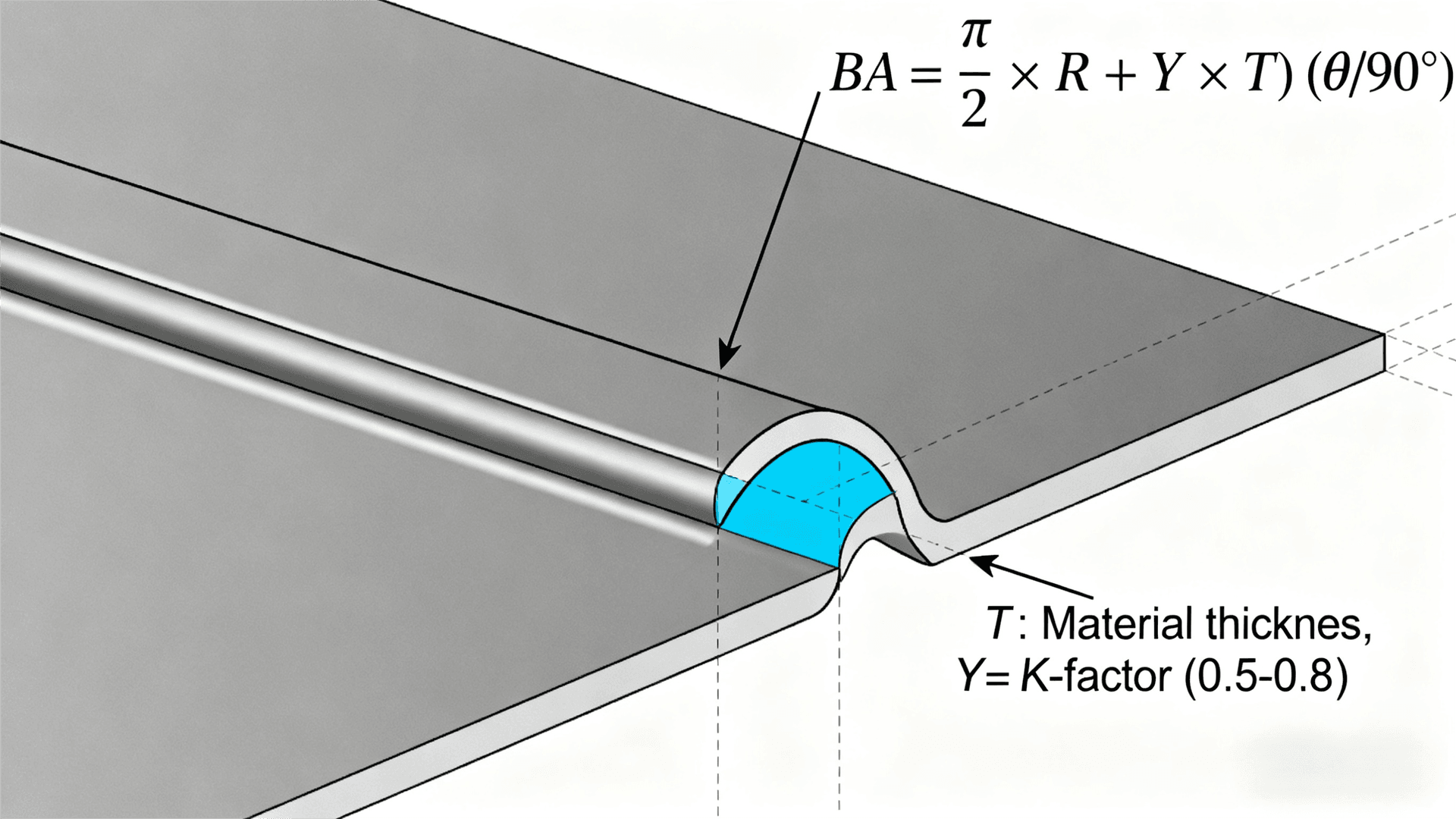
Solution: Consider the end - use of the part, environmental factors, and mechanical requirements when selecting a material. Our company offers a wide range of materials, including aluminum, stainless steel, and various grades of carbon steel, and can guide you in making the right choice.
3. Ignoring Tolerance Requirements
Tolerances in sheet metal stamping refer to the acceptable deviation from the nominal dimensions of a part. Setting overly tight tolerances on non - critical features can significantly increase production costs, as it requires more precise and often more expensive manufacturing processes. On the other hand, setting tolerances too loose can lead to parts that do not meet the required quality standards.
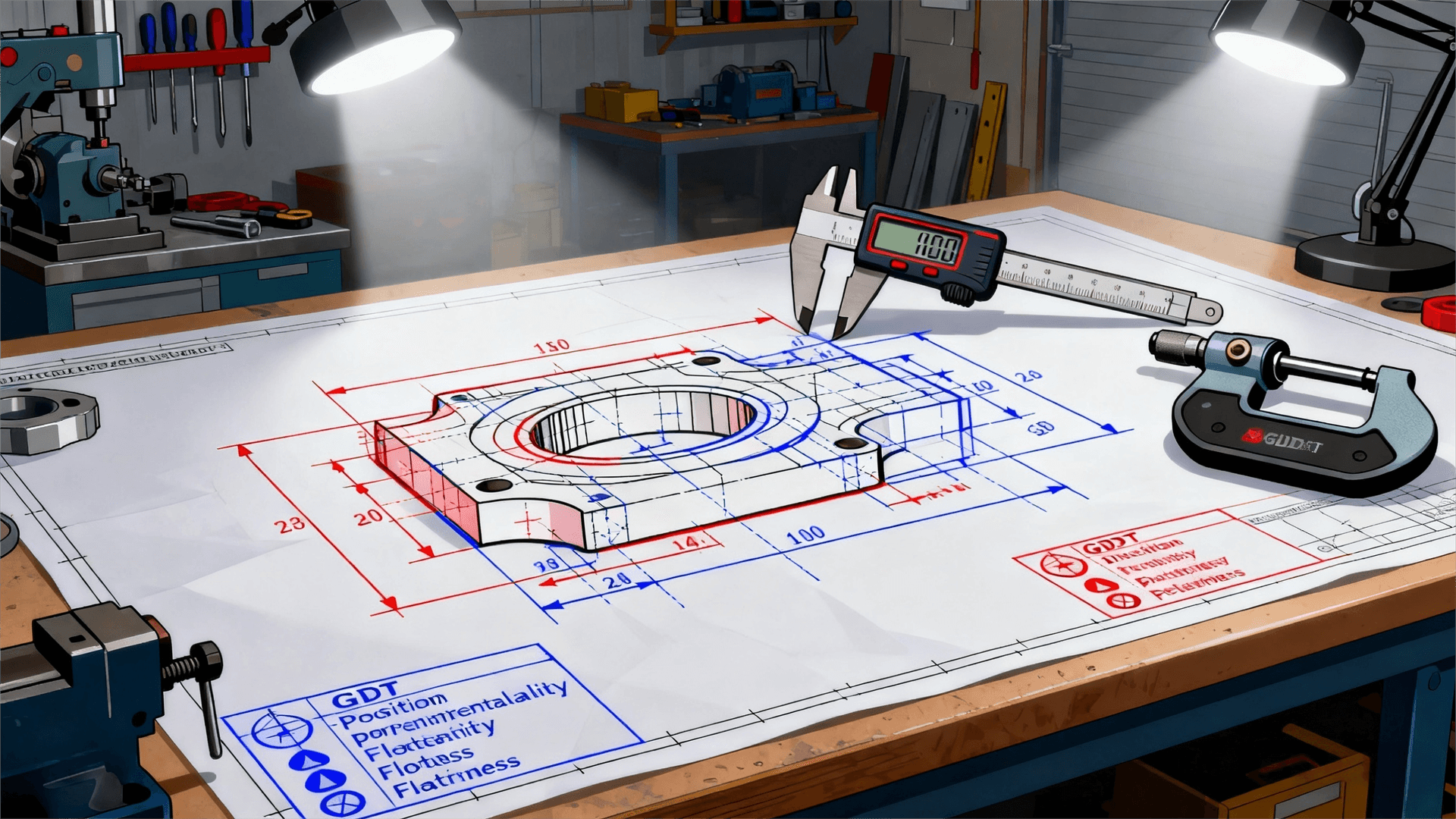
Solution: Clearly define the critical and non - critical dimensions of your part and set appropriate tolerances accordingly. Our state - of - the - art stamping equipment and skilled technicians are capable of achieving tight tolerances when necessary, while also optimizing the production process for cost - effectiveness.
4. Poor Hole Placement and Feature Layout
The location of holes, slots, and other features on a sheet metal part can greatly impact the stamping process. Placing holes too close to bends or edges can cause the material to deform during stamping, resulting in a poor - quality part. Additionally, an inefficient layout of features can lead to increased material waste.
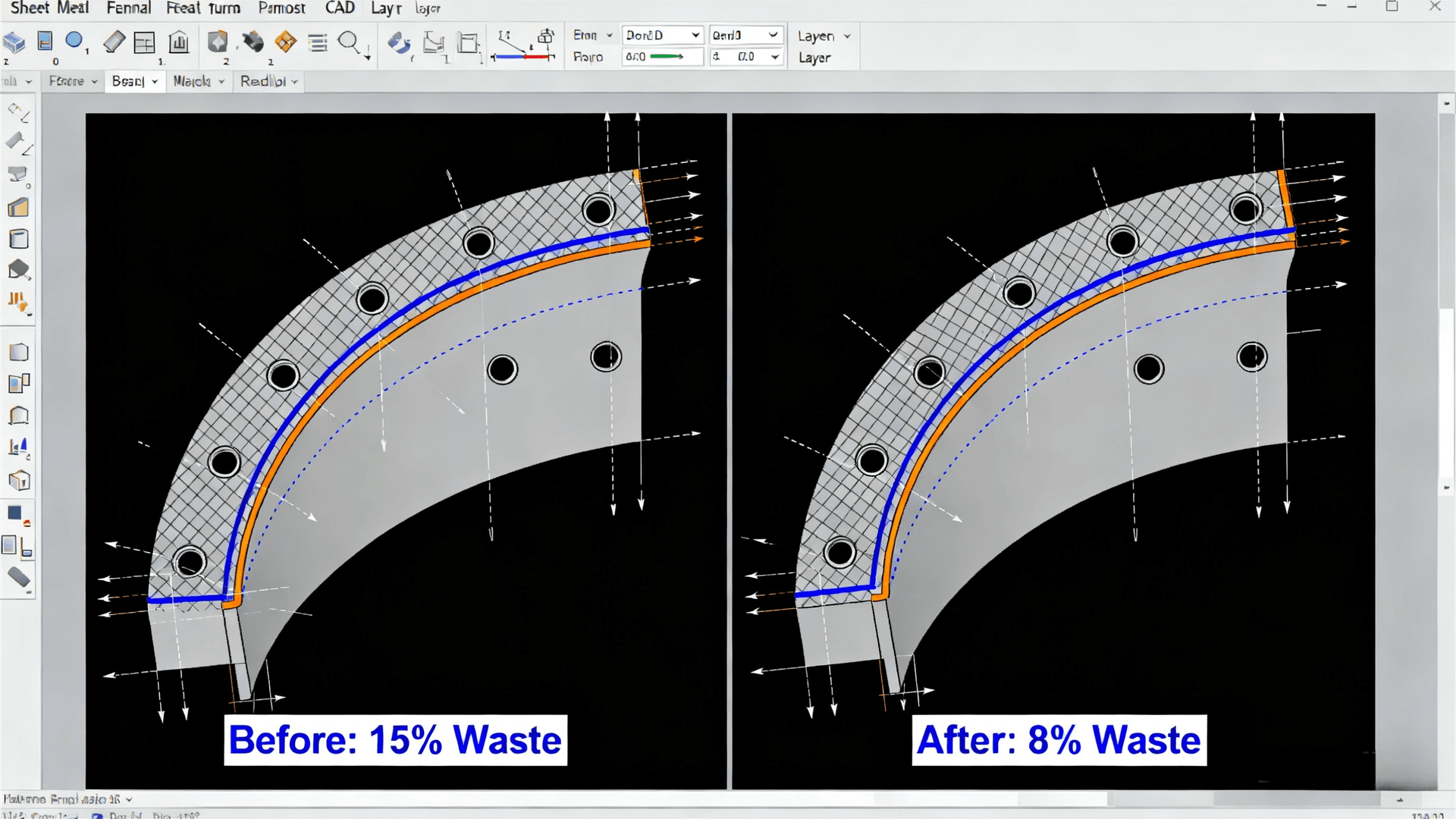
Solution: Follow industry - recommended guidelines for hole placement, such as maintaining a minimum distance from edges and bends. Our design team can assist in optimizing the layout of features to minimize material waste and ensure smooth stamping operations.
5. Overlooking Welding and Assembly Considerations
If your sheet metal part is going to be welded or assembled with other components, it's essential to consider these processes during the design stage. Poorly designed weld joints can weaken the structure of the part, and improper alignment features can make assembly difficult and time - consuming.
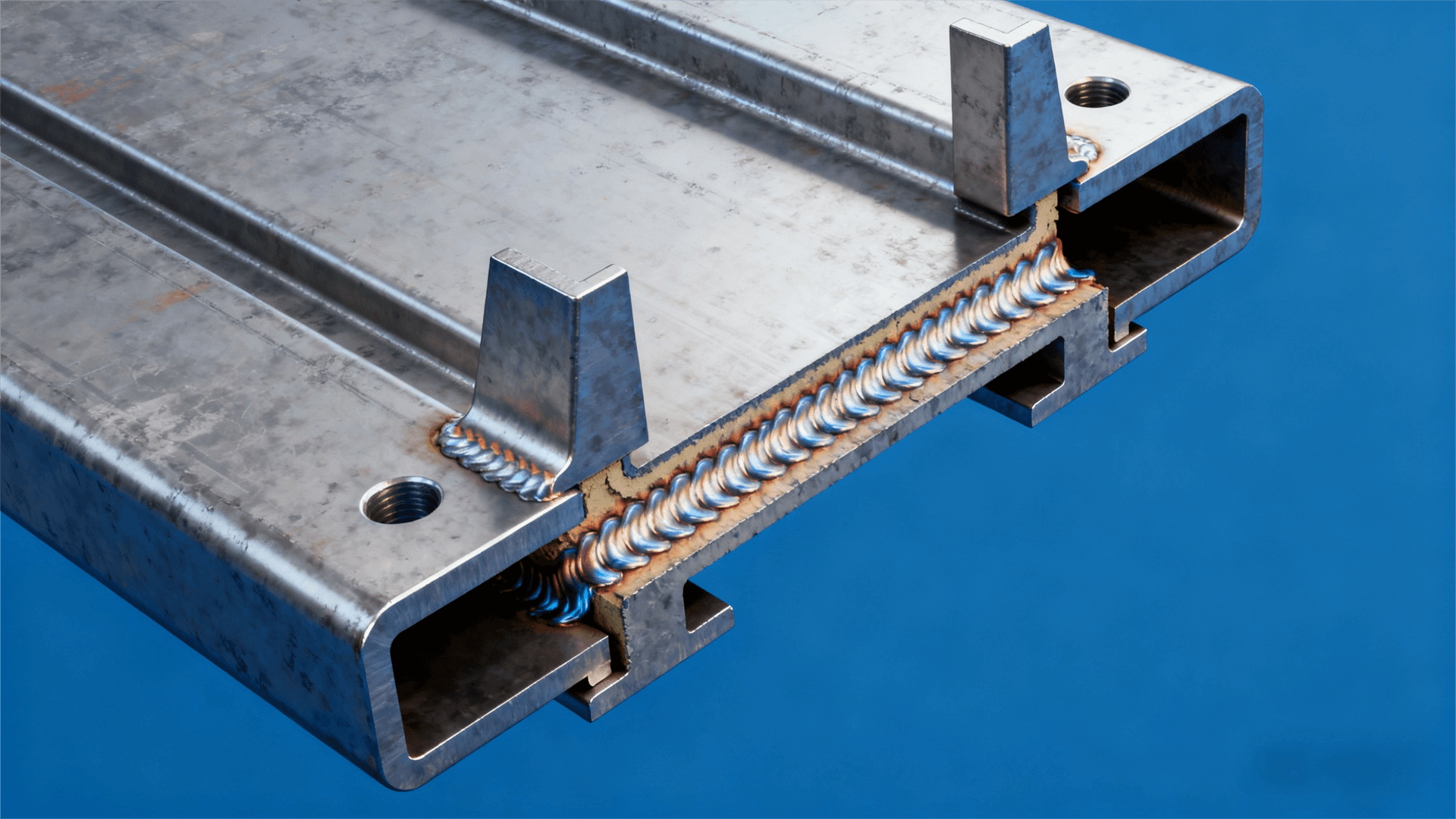
Solution: Design parts with clear and accessible weld joints, and incorporate alignment features such as tabs or notches. Our team has extensive experience in designing parts for seamless welding and assembly, and can provide valuable insights to streamline these processes.
Future Trends in Sheet Metal Stamping
The sheet metal stamping industry is on the cusp of significant transformation, driven by technological advancements and changing market demands. Here are some trends that we anticipate will shape the future of the industry:
Automation and Robotics
Automation and robotics are increasingly being integrated into sheet metal stamping processes. Automated stamping presses can operate with high precision and speed, reducing human error and increasing productivity. Robots are also being used for tasks such as material handling, loading, and unloading, further streamlining the production line.
Digitalization and Simulation
Digital technologies are revolutionizing the design and manufacturing process. Designers can now use advanced simulation software to model the stamping process before production, allowing them to identify and correct potential issues early on. This not only reduces the need for costly physical prototypes but also speeds up the time - to - market.
Sustainable Manufacturing
As environmental concerns continue to grow, there is a greater emphasis on sustainable manufacturing practices in the sheet metal stamping industry. This includes using recycled materials, reducing energy consumption in the production process, and minimizing waste.
At Shenzhen Sunmy Hardware Co.,Ltd., we are committed to staying at the forefront of these trends, leveraging our expertise and advanced manufacturing capabilities to provide our clients with high - quality, cost - effective sheet metal stamping solutions. Whether you're looking for custom - designed parts or need assistance with optimizing your existing designs, our team is here to help. Visit our website at sunmyhardware.com to learn more about our services or contact us directly to discuss your project requirements.
